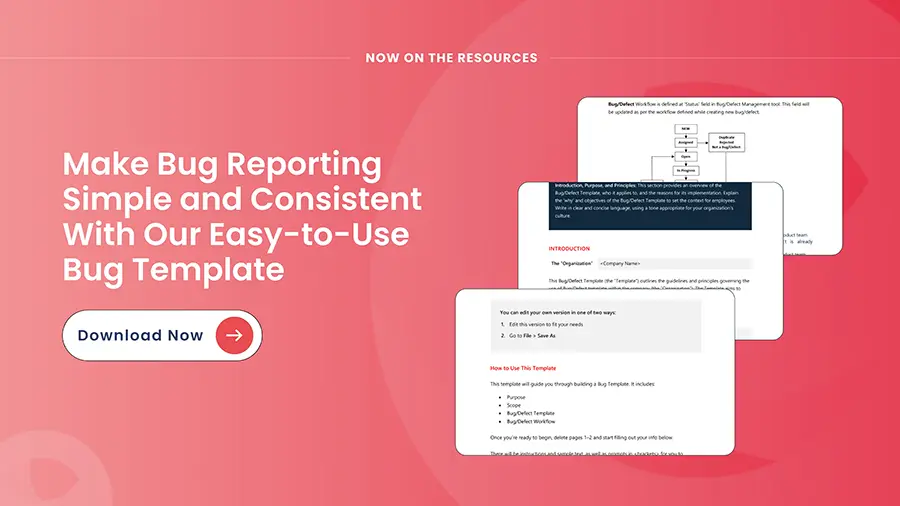It is nothing new for Test Automation teams to be at a strategic fork in the road, where it seems that they are at radically different pathways. Right now, many of the Test Automation teams are tom between sticking to a regular and familiar path of Test Automation and keep doing it in the same fashion or trying out the road not yet travelled. In any case, a quick refresher about the Test Automation Pyramid can help them in choosing the right track. This article is structured as follows:
- What is the Test Automation Pyramid?
- Relevance of Test Automation Pyramid
- Test Automation Pyramid – Anti-Pattern
- Why Should Agile Teams be using Testing Pyramid?
- Test Automation with Enhops
What is the Test Automation Pyramid?
The Test Automation Pyramid is a graphical representation of implementing automated testing in the software development process. The Test Automation Pyramid divides testing into three layers based on the ROI offered by automating the particular test types.
As per the Pyramid, unit testing comprises the bottom of the pyramid because they make the largest and the most repetitive part of any application testing lifecycle. Unit testing comprises the lowest layer because of its frequency, volume, and repetitive nature.
The second layer consists of automating API tests or Integration tests. These tests are automated to make sure that data flow and application-level integration are working fine as expected. These tests make a good candidate for automation because of the various integration developers, ops, and testers must be doing in an application.
The third layer also known as UI testing is the most difficult to automate because of the frequent UI level changes. Hence, it is recommended to do minimal automation there and approach it at the end.
How Relevant is Test Automation Pyramid now?
Mike Cohn mentioned about Test Automation Pyramid in his book ‘Succeeding with Agile in 2009. But between 2009 and 2022, we have witnessed a never-heard and never-seen-before technological revolution.
There are QE influencers who believe that the Test Automation pyramid is now outdated. Mike Cohn’s Test Automation Pyramid organized test automation in three layers just based on the number of tests required to automate – the more unit tests mean more automation so they should form the base, UI based automation is tricky because of frequent UI changes so there should be less end-to-end testing and more manual testing.
And in most cases, this is true.
We at Enhops, believe that Test Automation Pyramid is the right approach to get started on the Test Automation journey. The only thing that we would want to improve is probably how the pyramid makes it look like Unit Testing should always be broader than the UI testing.
With the advanced tools available in the market and more precision towards the base, there are chances that UI level testing is broader than just being the peak of the Test Automation Pyramid. Probably, the Test Automation ratio at each level would change based on the team, automation, tools, and organizational maturity.
Test Automation Pyramid – Anti Pattern
Advancements in how software is developed and delivered have clashed with an ever-increasing demand for Test Automation. With the limited testing talent available in every organization, a lot of teams get caught up on the wrong foot of implementing the Test Automation Pyramid. This often leads to the rise of the Ice-Cream Cone Anti Pattern.
Ice-Cream Cone Anti Pattern often arises due to a limited level of UI and Integration testing and lack of continuous testing. If your teams are working on testing after the code is developed, then there are high chances of Ice-Cream Cone Anti Pattern.
To avoid ending up in the Ice-Cream Cone Anti Pattern, teams must start automating the basic level UI and Integration tests followed by GUI tests. Another way of avoiding the Ice-Cream Cone Anti Pattern is Pair Development/Testing. A lot of companies have successfully implemented this strategy and reaped tremendous benefits of the same. The reason why this method is highly successful in that it allows finding defects at the lowest level of application development i.e. Code – Level.
Why should Agile Teams be using Testing Pyramid?
There’s a single line answer to this question – To release software with Quality at a faster pace. The goal of modern Software Development Teams (working with Agile and DevOps methodologies) is to find the maximum defects before the code gets pushed into production and deliver superior quality applications.
- Agile methodologies advocate the idea of speed and efficacy. The Testing Pyramid offers a streamlined approach to automating tests starting from the Unit Test Level (frequency, volume, and runs daily) and providing a clear progression towards the GUI testing. The pyramid is built on the idea of automating high volume and more frequent tests, in the beginning, to save time and effort for the developer and testing teams.
- The pyramid puts automated UI testing at the top with a lesser ratio compared to the Unit and Integration Level Testing. This provides the right weightage to every layer of testing and prepares a solid execution framework for teams to get started on the test automation part.
Test Automation with Enhops
At Enhops, we live by the principles of the Test Automation Pyramid. And why not, even Technology giants like Google approves of it. In the new digital era, it’s all about an enterprise’s ability to seamlessly deliver a quality customer experience across multiple channels. We partner with our clients to help them release software at scale by implementing Test Automation, Continuous Testing, and Smart Testing solutions.
Enhops offers Quality Engineering services across the software testing value lifecycle, including Quality Engineering Consultation and Implementation. We leverage our industry partnerships, leading tools, and methodologies to help clients across various industries achieve faster time to market, quality improvements, and deliver superior customer experience.
Have a Quality Engineering project in mind? Contact Us




